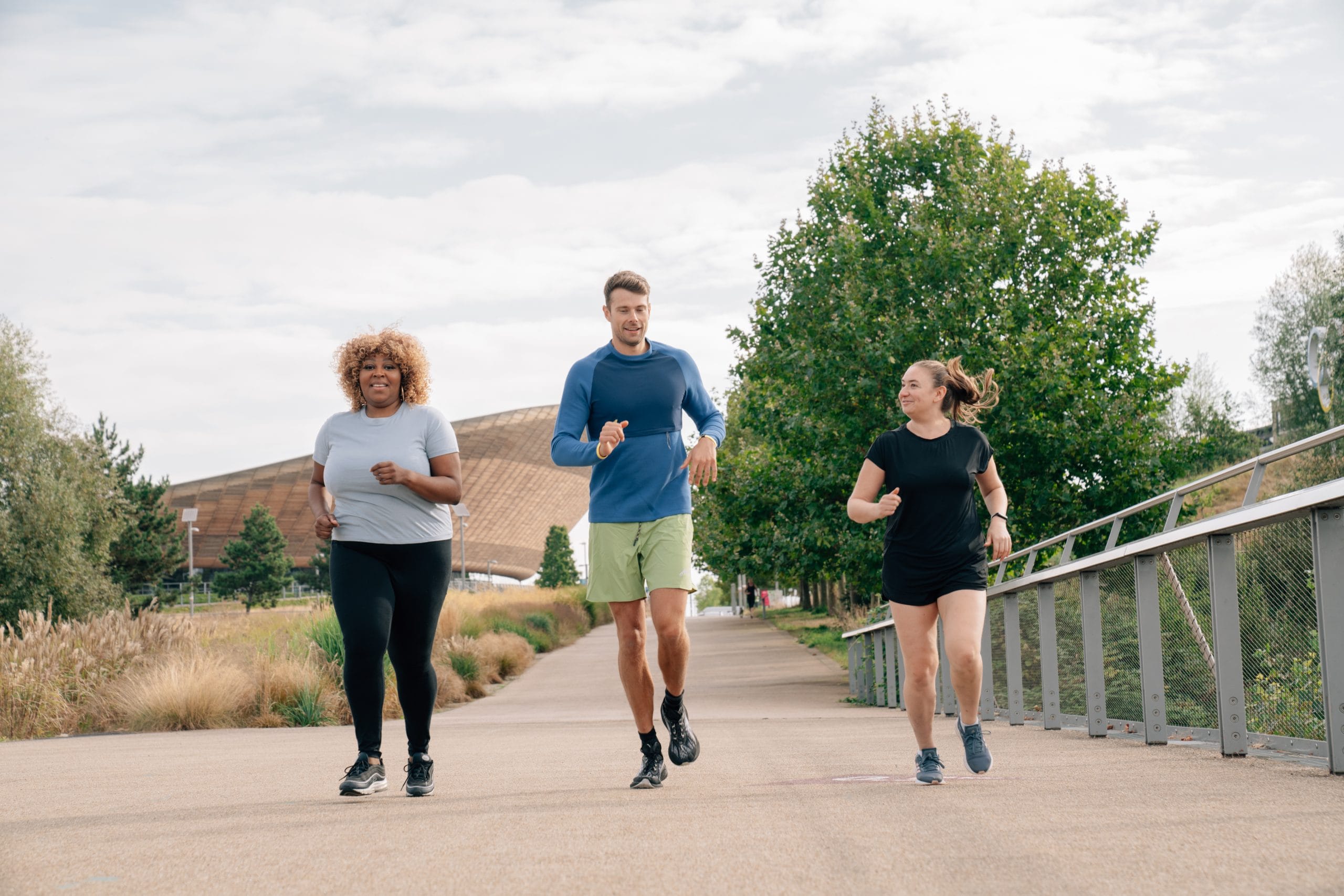Expert Answers to Common Running Questions

Dawn Nunes
Advanced Practitioner Physiotherapist
- 14 March, 2023
- Running
- 3 min read
Can I run through pain?
This is a very broad question and depends on a lot of factors. It is important to be properly assessed to get a complete answer but in short this is a general guideline. On a pain scale of 1- 10, 10 being the worst pain, running with a 3 or 4 out of 10 may be ok depending on the type of injury. If the pain is worsening as you run, then no. If there is substantial pain after your run or especially into the next morning, then you should stop running and consult a physiotherapist to be properly assessed. We work on a “run tolerance” which is to try keep you running within or under your pain level rather than pushing into the pain.

Should I stretch before or after running?
We would encourage dynamic stretching before hand and static stretching after a run. Dynamic stretching is when you move through your natural movement to warm up the body with specific movements while static stretching is when you hold a position with the aim of lengthening the muscle. The dynamic movements prepare your muscles to do your run in their normal range while the static stretching will encourage a new range and length which is why you don’t want to do an intense session following the static stretches as it may lead to injury with the new range of motion.
How often should I run?
Three to four times a week will keep you ticking along with some improvement depending on how your sessions are. Four to six sessions will help push you to improve. Things to consider are the time that you have available, your running goals – ultra running will take more time than a 5 km- and your running history. When starting out I would recommend two to three sessions and then you can either build up one factor such as an additional session or lengthen the time that you run. I would suggest not more than six sessions a week as your improvement comes with recovery and it is seldom that I would suggest running daily as you are more likely to injure yourself and not gain as much.

How do I become a strong runner?
Quality sessions – involving fartlek, track and hill work – are vital for pushing your body to improve. Speed sessions also help improve form, push our bodies to train in an exhausted state and help with leg turn over which improves speed. Hill work builds strength and power. Cross training – especially getting in the gym with weighted exercises is vital to build a good body awareness and overall strength as well as a better way to recruit and build muscles. Don’t neglect your upper body. Most of all, rest days, as this is when your body builds from the sessions.
What are some of the best recovery strategies?
Nutrition. Leading up to your long runs and races as well as during and afterwards. Make sure that you are getting what you need to fill the tank and sustain and rebuild your body. Rest – in the form of sleep and getting off your feet. Drainage – lying down with your legs leaning up against a wall – is another nice way to relax and let gravity assist with leg recovery. Ice baths for 10 minutes assist with overall cleansing of your body and aid with any inflammation that your body has gone through with the hard session. Sports massage three to five days before and three to five days after your big session will loosen up your muscles, work out any tight or tired structures and assist with blood flow and drainage. Gentle mobility work and active recovery like cross training with cycling or swimming.
What do I do when I get a stitch?
Focus on a forced breath out. Raise your arms and try to stretch out your body rather than bending over it. Slow down and focus on your breathing. Simultaneously bring your leg up to your chest – the side that has the stitch – and forced breath out. If it is still not shifting, try to walk it out at a fast pace with stretching and the breathing out.
How do I stop cramping?
Hydrate before your races. Drink a litre a day two days leading up to the race so that you start hydrated. Make sure that you have prepared for the race with your training. A fatigued muscle is the most likely cause – along with dehydration – to cause cramping. Train in the heat if needed to acclimatise and adapt your body. Salt tablets and magnesium supplements can be taken regularly to help with the cramping. If you start cramping put pressure on the muscle and stretch it out. Don’t sit down and take your weight off it as it will encourage more cramping.

Are you looking for help or support to improve your running? Find out exactly where you are to accurately direct your training with our Running Assessment.

Advice
Over the last 20+ years our experts have helped more than 100,000 patients, but we don’t stop there. We also like to share our knowledge and insight to help people lead healthier lives, and here you will find our extensive library of advice on a variety of topics to help you do the same.
OUR ADVICE HUBS See all Advice Hubs

